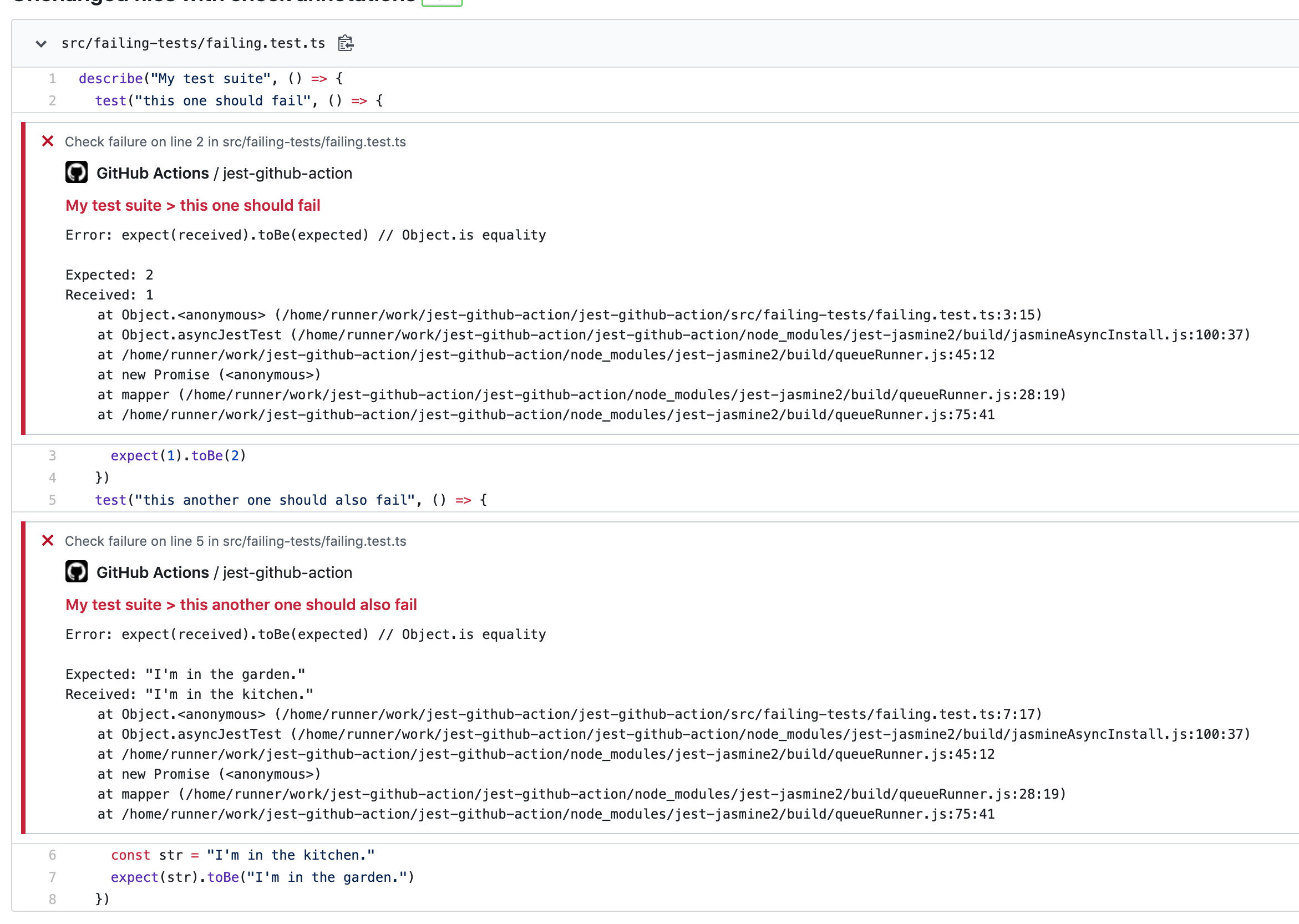✨🗓 A selection of opportunities for contribution and learning✨
📰 Note: You can start quickly by reading the shortened contribution guide, only 2 paragraphs here. Or the comprehensive one
📗 Have you ever configured and wrapped a logger?
Our logging library is doing nothing but console.log now 😞. We need to pick our preferred npm logger (remember to include a comparison table) and get it inside. There is no need to understand the entire project, the logger is a self-contained isolated package - You can test it without the rest
🎬 Action item - The corresponding issue
📗 A chance to setup your first (or second) GitHub bot
Bots can handle lots of messy work for us like this bot that closes old issues or that one that warns when packages contain vulnerabilities. See here a full list of potential bots, take one or few.
Free T-shirttt! - Our cool t-shirt to whomever handles this task 👚👕
🎬 Action items - See all related issues
📗 Refresh your knowledge on how to manage configuration
Although most projects use dotenv for reading configuration, we thoughtfully use another library, convict. All is comprehensively rationalized here. Interested to understand why and consider it to your own project? Read the comparison table here, go through the code (30 lines only). Learn something new today!
🎬 Action items - Visit the configuration package







